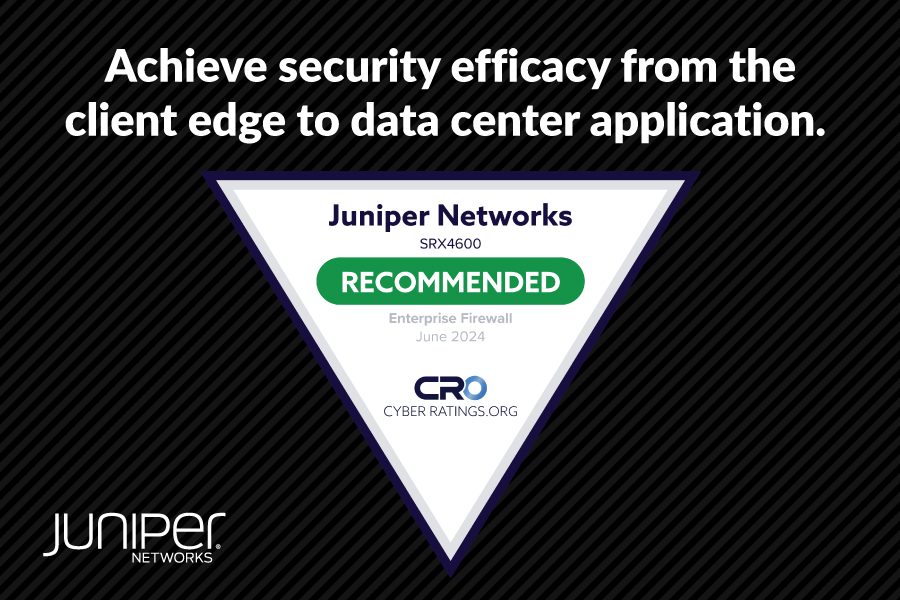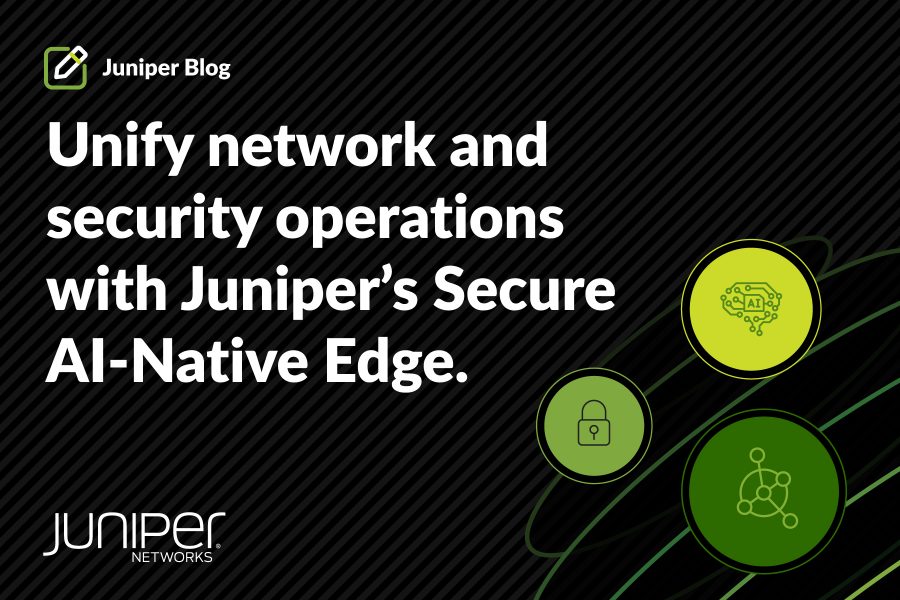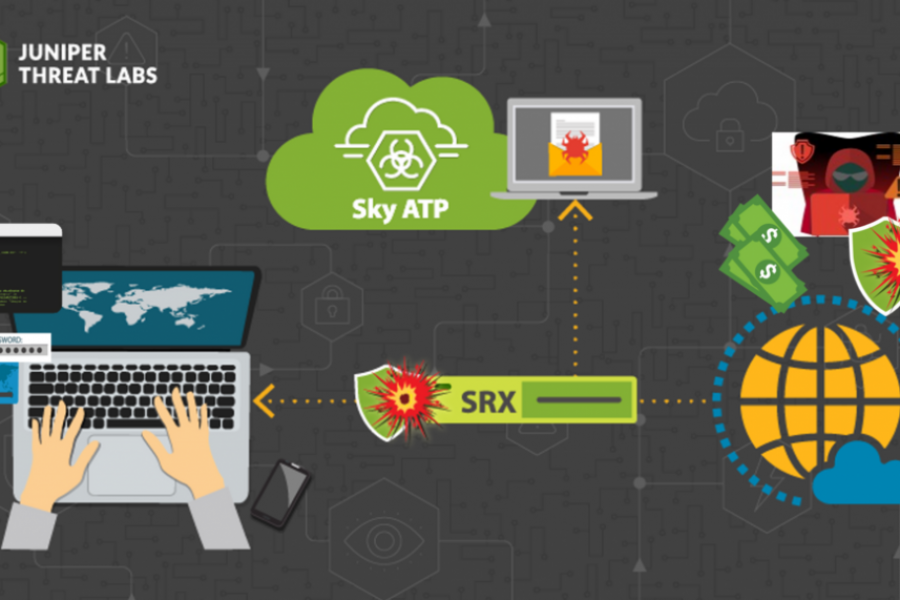Network connectivity is no longer a desire; it has become a necessity to be productive. Whether working, studying or researching, the network is relied on to get the job done, and even when the workday is over, the need for connectivity continues. People want to unwind and stream music, movies, tv shows, play games or video chat with friends.
Business depends on connectivity from service providers to continue delivering their services to customers. Ensuring always-on network availability is a critical component for the timely delivery of goods and services. Many essential services, including healthcare, finance and commerce are dependent upon the availability and security of their network every day.
Regardless of what else is happening in the world, there is always an army of hackers carrying out thousands of malicious cyberattacks. Organizations that are currently in the news can be likely targets of their animosity, such as popular companies, hospitals, universities and government agencies.
For hackers, one of their favorite and frequently used approaches are Distributed Denial of Service (DDoS) attacks. DDoS is the intentional paralyzing of a computer network by flooding it with data sent simultaneously from a large number of individual computers. Malicious actors use these attacks as a form of protest, to cause mischief, sabotage competitors or retaliate against perceived wrongdoers. Today, almost anyone can easily cripple a network with a DDoS attack for less than $100 – no coding experience required.
These DDoS attacks are frequently used as a diversionary tactic, meaning that while security teams are dedicating their resources to resolving the DDoS attack, an even more devastating event may be attacking their network at the same time, causing significant damage.
As DDoS attacks continue to grow in frequency, magnitude and sophistication, traditional defenses, such as out-of-band scrubbing centers and manual interventions, have become woefully inadequate and cost-prohibitive. Moreover, whenever manual analysis and human intervention are required, it is almost always prone to error.
Security teams need a solution that works seamlessly with the network infrastructure, allowing for the identification and blocking of bad DDoS traffic automatically while delivering higher efficiency and scalability to future-proof the investment.
Without DDoS protection in place, cyber attacks can quickly bring the network down, significantly impacting end users. For network availability, it’s essential to have DDoS protection in place in order to maintain business productivity, but not all solutions are created equal.
Juniper + Corero Jointly Deliver Network-Integrated DDoS Protection with Real-Time Detection and Line-Rate Mitigation
To help bridge this gap, Juniper Networks and Corero Network Security have partnered together and developed a revolutionary new solution against DDoS attacks by leveraging MX Series routers and software intelligence. Our joint DDoS solution delivers real-time detection and line-rate mitigation by leveraging always-on packet-level monitoring, automated machine analysis and infrastructure-based enforcement across the network edge.
If Juniper MX routers are already installed on a network today, it’s easy to add the Corero SmartWall Threat Defense Director (TDD) software to the network with a few quick configuration steps. Now, the networks will be protected and good to go – simple and affordable.
Juniper and Corero’s joint DDoS protection solution enables real-time, automated detection and mitigation of DDoS attacks at scale, from 100GB to 40TB, while significantly reducing costs.
We are now offering the Corero SmartWall Threat Defense Director (TDD) software license for up to 60 days with no obligation to purchase, to all Juniper customers that have MX routers to enhance their defenses against DDoS attacks. Visit our Security Response page for more information.


